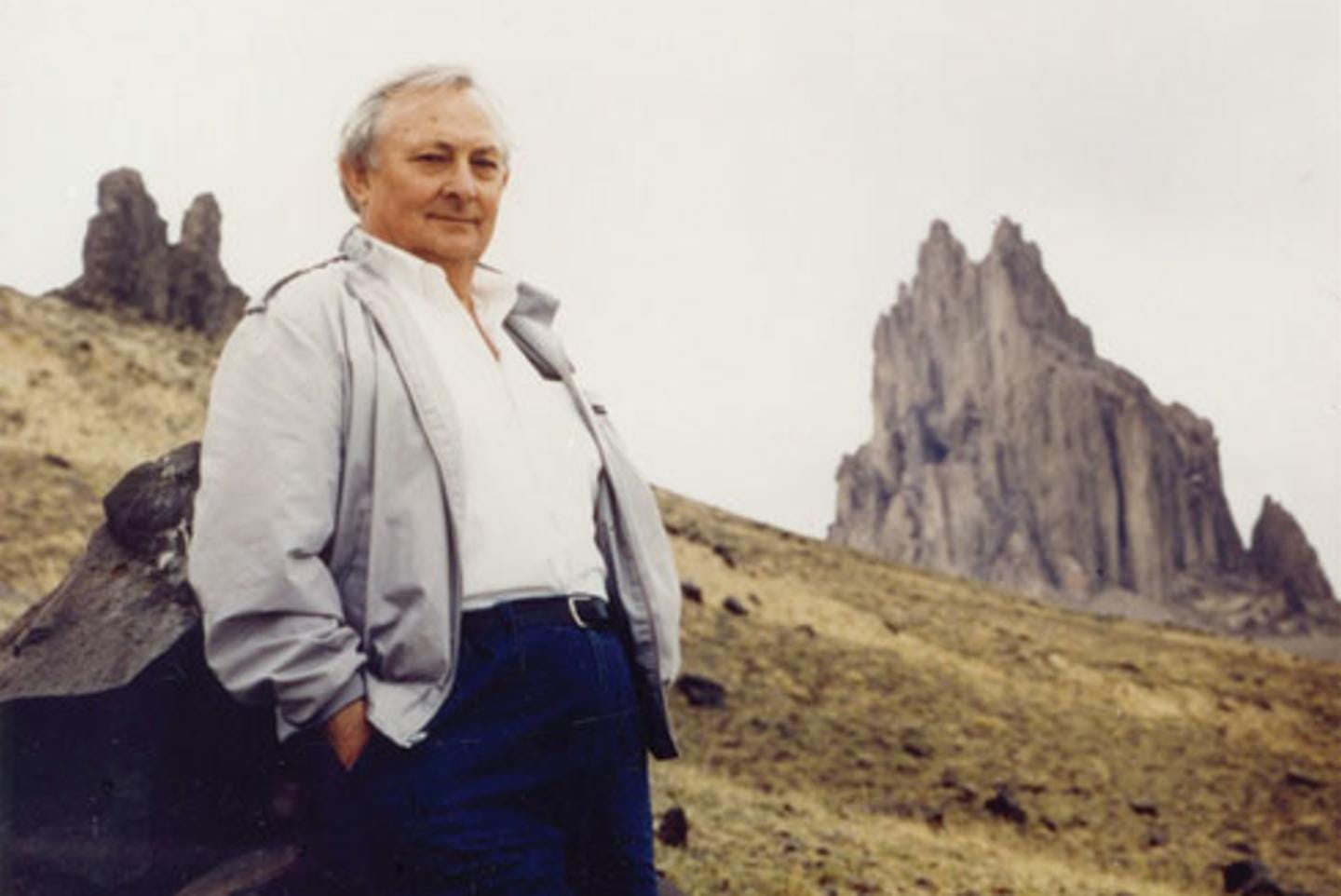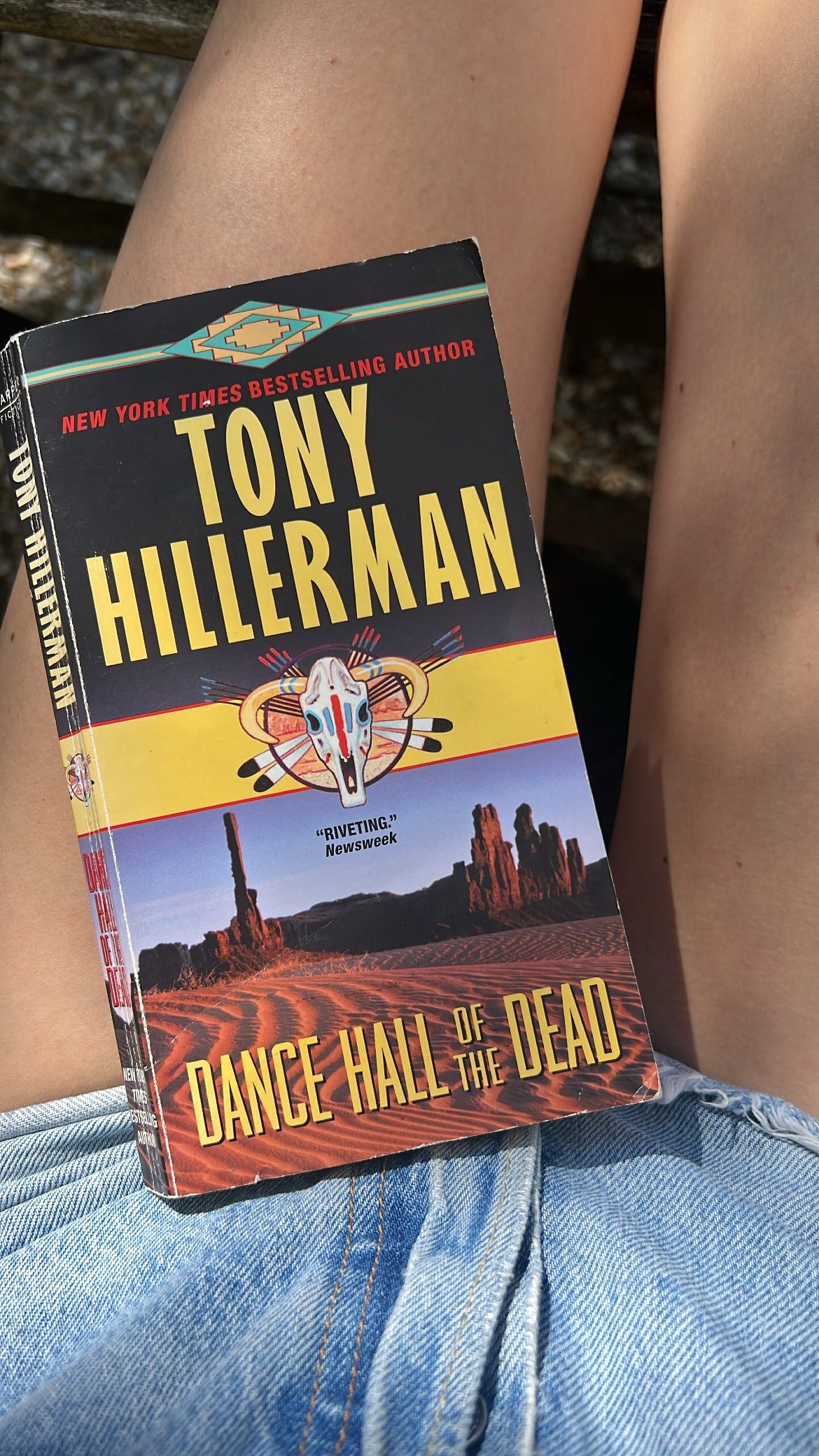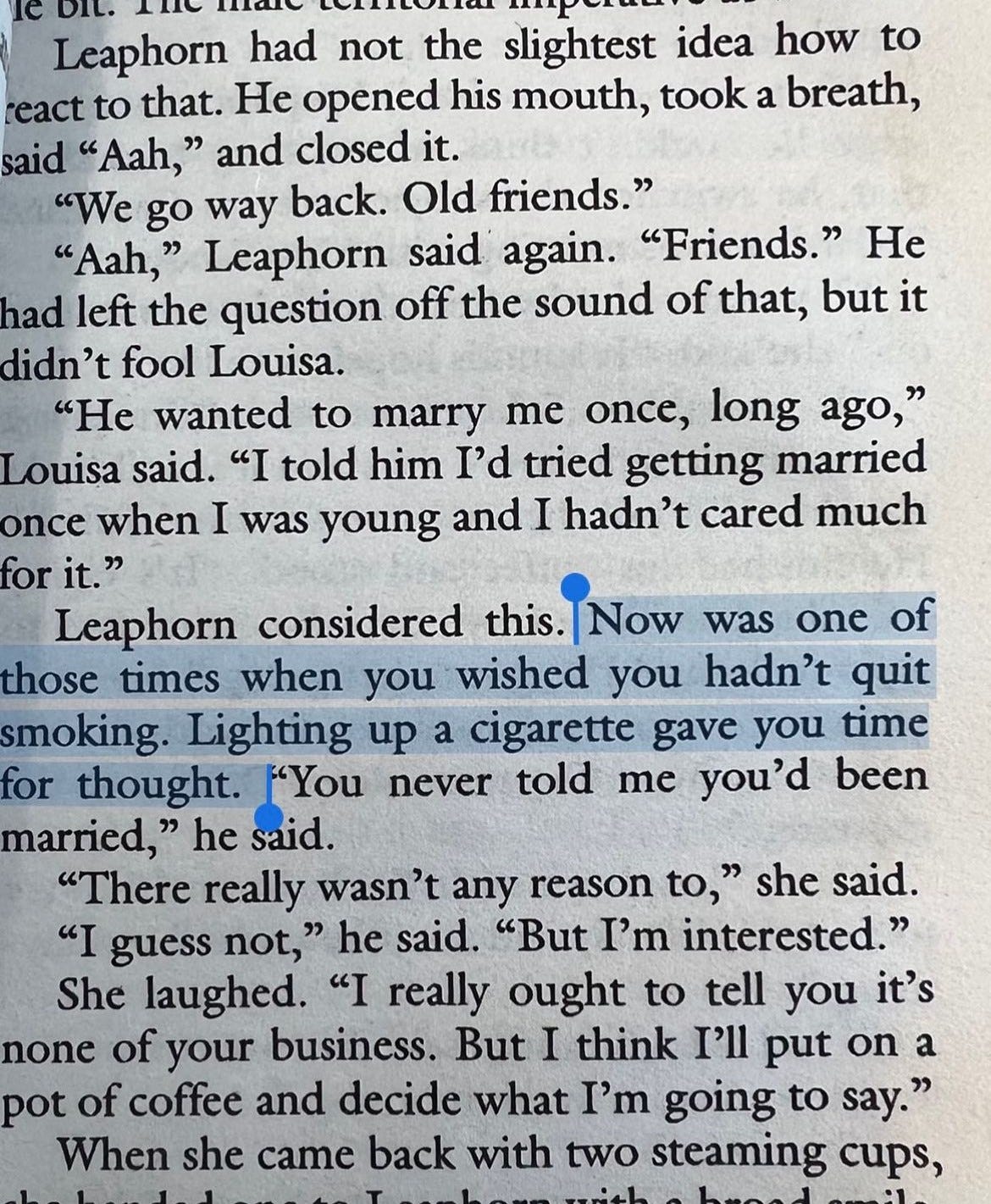Tony Hillerman - the Shape Shifter of crime fiction
If you want to get the crosscultural complexities of late-20th-century Navajo life in New Mexico, Hillerman is indispensable.
That's a line New Mexico Magazine published in 2015, summarising Tony Hillerman's writing. I'd add: if you want to feel like you're far away from British autumn, those are the books to read this season.
18 mysteries set in northern Arizona and New Mexico, featuring Navajo tribal policemen Joe Leaphorn and Jim Chee. These ain't no buddy cop books - Leaphorn and Chee are contrasting opposites with their own view on police work. But they share a common characteristic - even though they're both ambivalent about Navajo culture, they have access to clues that white people can’t perceive.
Hillerman mastered the balancing of two worlds - white men's, modern America (his books are set in the contemporary present as he writes, starting from 1970) and traditional Navajo beliefs. He seamlessly blends the grit of modern police work with the ancient traditions and beliefs of the Navajo people, where themes from Native cosmology blend with plots of oil drilling, murders and political intrigue. This is why many of his stories found their way onto the screen - several of his books have been adapted into movies and series, with the latest one 'Dark Winds' starring Zahn McClarnon as Leaphorn and Kiowa Gordon as Chee.

If you still need to be convinced about the books, let me tell you about the scenery, because boy, Hillerman does a great job of conveying space and specific locations. The geographic setting for the majority of his novels is the Four Corners region of the Southwest, near Shiprock, New Mexico and the Navajo Nation within Arizona and extending into southeastern Utah. This attention to detail really lets you wander and vividly imagine the stark beauty of the desert, the imposing rock formations, and the vast open spaces that are integral to the stories. And while the outside world looks nothing like sunny Arizona, I don't know about you, but Gallup, Tuba City, Indian Route 13 or Interstate 40 sound like places I'd rather be.

Now, I am aware that I am just another white person praising the work of another white man writing about Native Americans - this is a point that needs to be acknowledged. A Quick Google search revealed that the reactions among the Navajos are mixed - with some praising him for ''opening the world's eyes to their culture'' (source), others blaming him for ''appropriated and re-imagined [Navajo culture] at the expense of Diné realities'' (source). In 1987, he received a "Special Friend of the Dineh" award which was conferred on him by the Navajo Nation in recognition of his honest portrayals of Native Americans and their culture in the modern world. From what I gathered, Hillerman's relationship with the Navajo Nation and his portrayal of their culture was generally positive, though not without some criticism. What is truly undebatable is that he was a great storyteller, leaving behind a legacy of captivating mysteries that continue to inspire readers of all origins and ages.






Great read and I was glad to see some mention of the writer's background because I wondered for a second if he wrote from experience Unfortunately not but still, based on what I've read here on his writing and his apparent relationship with the Najavo people, I'll be sure to pick up a copy of the first book!